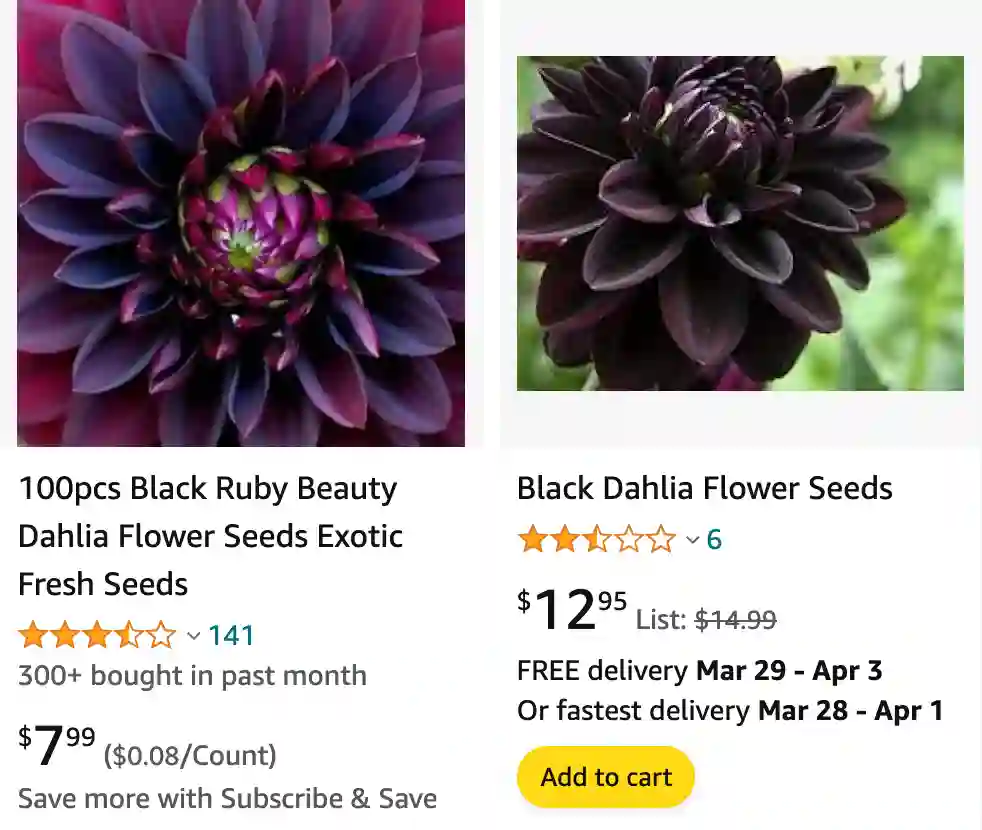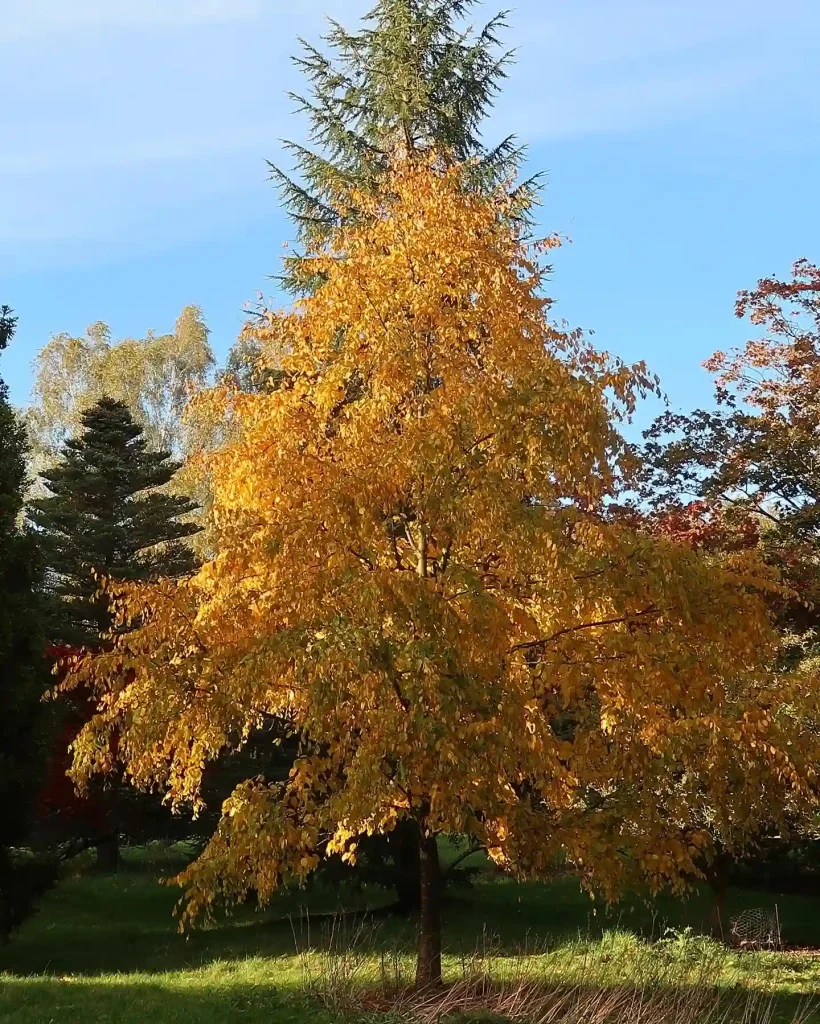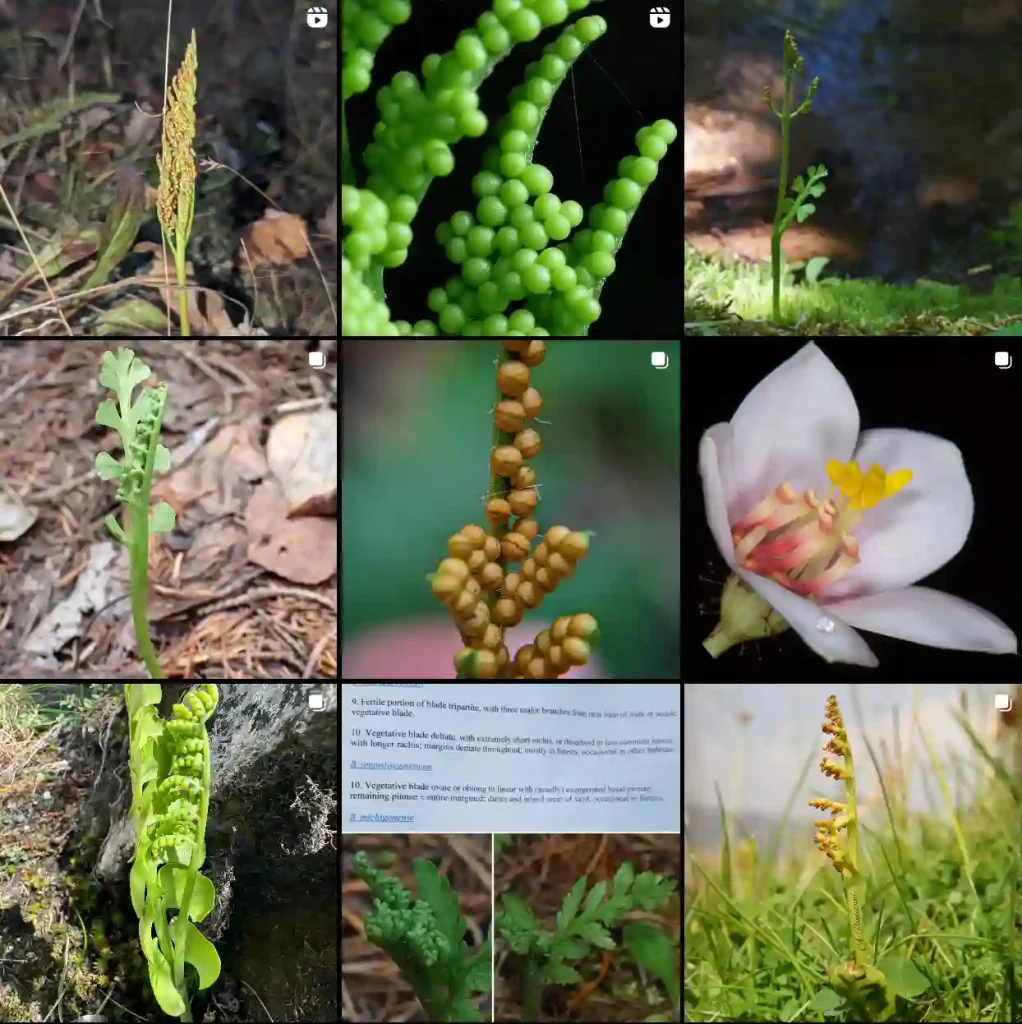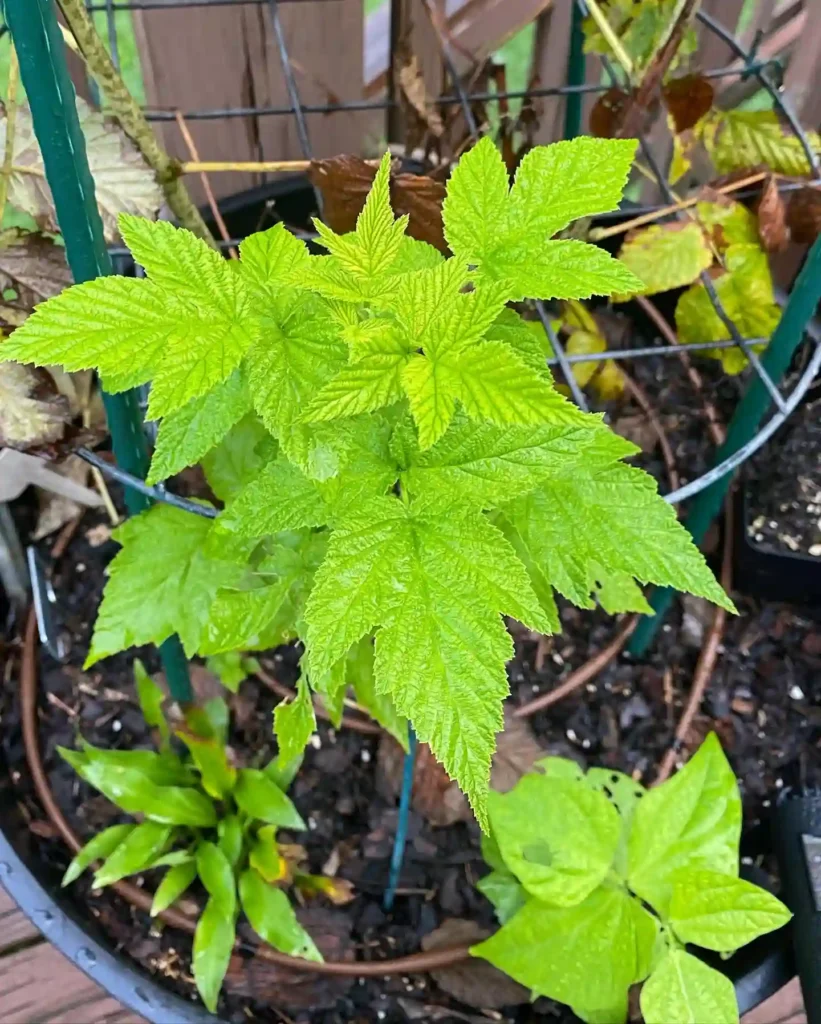
The Allure of the Black Dahlia: Unveiling the Mythical Bloom
For flower enthusiasts, the Black Dahlia holds a certain mystique. This isn’t surprising. Its name conjures images of velvety, inky black petals, a flower as dark as night. But the truth is, there is no true black dahlia. Let’s delve into the captivating world of these near-black beauties and explore their secrets.
41 Species in Genus Dahlia
What is a Black Dahlia?
While a perfect black dahlia doesn’t exist in nature, dahlia breeders have come remarkably close. Many dahlia varieties boast incredibly deep, rich reds, burgundies, and purples that appear almost black under certain lighting conditions. These varieties are often categorized as “black” dahlias, offering the gardener a touch of drama in the flowerbed.
Some popular “black” dahlia cultivars include:
Black Satin: This dinner plate dahlia produces blooms around 2-3 inches in diameter, boasting a deep, chocolatey red that appears almost black.
Dark Desire: This decorative dahlia lives up to its name with dark, velvety red petals with a hint of purple.
Dracula: Aptly named, Dracula dahlias feature near-black, single blooms with a contrasting yellow center.
How to Care for Black Dahlias?
Black dahlias, like all dahlias, are relatively easy to care for if you provide the right conditions. Here’s what they need to thrive:
Sunlight: Dahlias, including black varieties, are sun worshippers. Aim for at least 6-8 hours of direct sunlight daily.
Soil: Well-draining, fertile soil is key. Amend your soil with compost or organic matter for optimal drainage and nutrients.
Watering: Water deeply and regularly, allowing the soil to dry slightly between waterings. Avoid soggy soil.
Feeding: Apply a balanced fertilizer every few weeks during the growing season to encourage abundant blooms.
Staking: Taller dahlia varieties, including some black cultivars, may need staking to support their heavy blooms.
Tip: Deadheading spent flowers will encourage continued blooming throughout the season.
How to Propagate Black Dahlias?
There are two main ways to propagate dahlias: from seed and from tuber division.
Seed: Propagating from seed is a slower method, but it can be rewarding. Seedlings will take longer to mature and bloom compared to tuber division.
Tuber Division: This is the most common method for propagating dahlias. In the fall, after the first frost, carefully dig up the dahlia tubers and divide them with a sharp knife, ensuring each division has an eye (where new growth emerges).
Tip: Store dahlia tubers over winter in a cool, dry place for replanting in the spring.
What to Plant with Black Dahlias?
Black dahlias make a dramatic statement in the garden, but they can also be stunning when paired with other flowers. Here are some ideas for companion plants:
Light-colored flowers: White, yellow, or orange flowers can provide a lovely contrast to the dark blooms of the black dahlia. Consider cosmos, zinnias, or marigolds.
Silver foliage: Plants with silvery foliage, like lavender or lamb’s ear, can create a striking textural contrast with the black blooms.
Grasses: Ornamental grasses can add movement and height to a bed with black dahlias.
Remember: When choosing companion plants, consider their sun and water requirements to ensure they all thrive together.
The Black Dahlia may not be a true botanical marvel, but these near-black beauties hold a unique charm. With proper care and planning, you can cultivate these dramatic blooms in your own garden, adding a touch of mystery and intrigue to your floral display.
If i die, water my plants!



